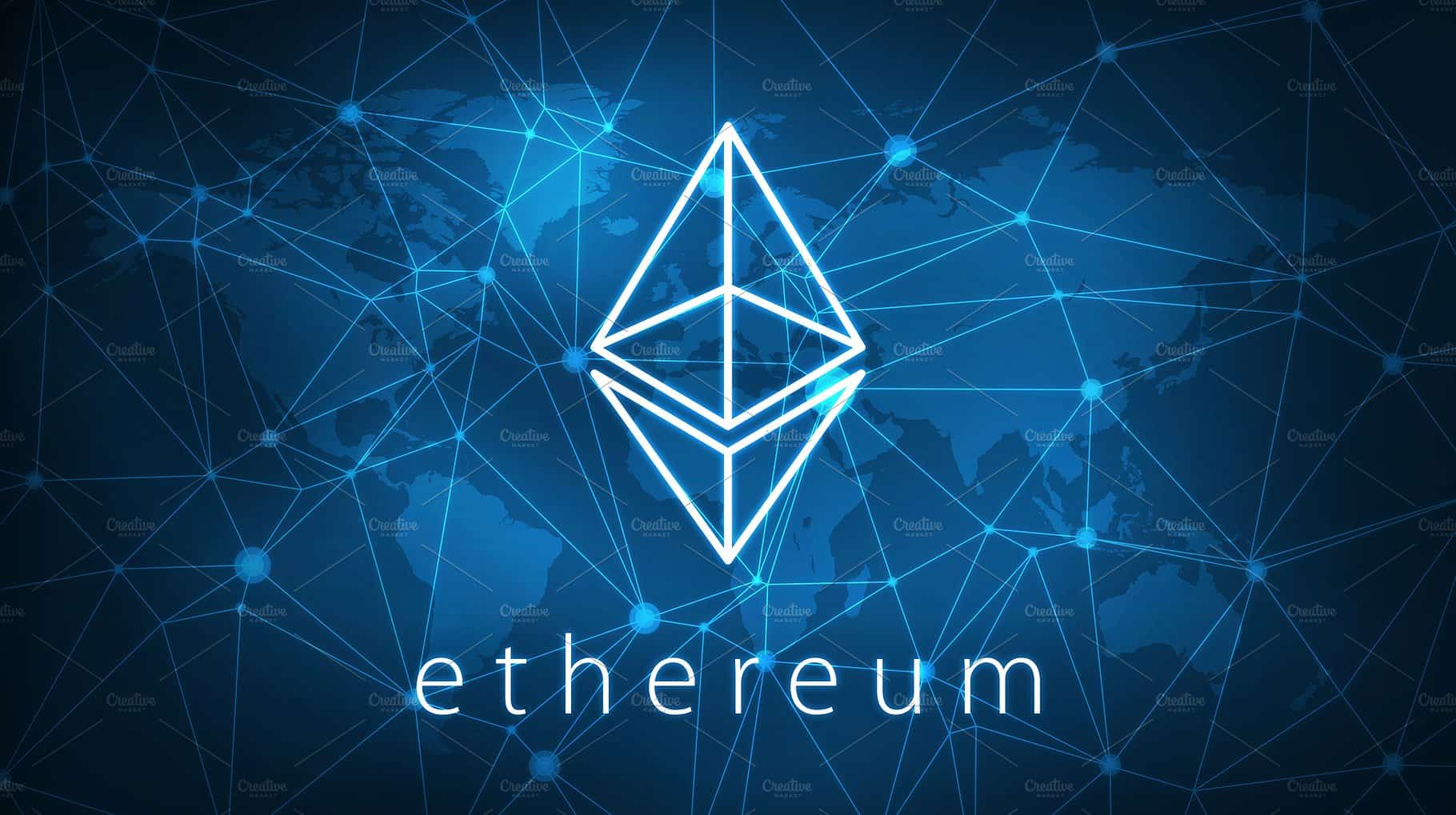Join Our Telegram channel to stay up to date on breaking news coverage
The Ethereum Network just can’t seem to get a handle on the massive gas fees it’s suffering. The network is quite literally too popular for its own good, which has caused an array of decentralized exchanges (DEXs) to start adopting layer-two solutions.
Combating Gas Prices With L2 Solutions
With a very high gas price, any smaller operation and transaction on Ethereum is severely hampered, and is breeding a whole new array of cheaper, faster options. Layer-two solutions are on the rise, constantly being adopted as it boasts the ability to process thousands of transactions a second. This stands as a far cry from the layer-one processing speed, which can only do a handful within the same time frame.
A prime example of this would be LeverJ, a decentralized exchange that had seen massive surges in trade volumes after the launch of its perpetual contracts around a month ago.
Since launching $BTCUSD and $ETHUSD perpetual settled in $USDT 4 weeks ago – Traders on @Leverj_io decentralised derivates DEX have made 26,612 trades for a notional value of $74.5M while paying only $586.48 in gas on #Ethereum.
This is #Layer2 #DeFi at it's finest.#L2 $LTWO pic.twitter.com/Beu8RC1gWE
— LEVERJ.IO (@Leverj_io) January 13, 2021
These massive volumes amounted to $75 million changing hands through 26,600 different transactions, but cost the exchange a measly $600 in gas fees.
Layer-2 Adoption On The Rise
Now, these numbers are small when you compare them to giants of DeFi, such as Uniswap, but they represent far more than just trade volumes. These numbers show that layer-two adoption is on the rise. This rise in adoption comes just when it’s needed most, as the gas fees on Ethereum are simply not manageable for small-scale transactions. As for what a layer-two solution is: The short answer is it processes transactions and data on its own, thus taking the workload off the root chain. This lowers fees and allows for cheap, fast transactions, as well.
Synthetix, a prominent DeFi protocol, is already gearing towards the launch of its own layer-two solution for staking, with the upgrade going by the name of Castor. The update itself is scheduled for later today, scheduled to go off at 23:00 on the 14th of January.
Unfortunately we've had to delay the Castor release by ~22 hours, and it will now be deployed at 23:00 UTC on Thursday, January 14. https://t.co/nlbgvZ99pI
— Synthetix ⚔️ (@synthetix_io) January 13, 2021
Synthetix Taking The Leap Into L2 Quite Soon
Castor itself stands as a product of four long months of testing. These tests started back in September, with SNX native token incentives for any participants of this new testnet.
Synthetix is known for its synthetic asset offerings, which tracks the value of various real-world assets. The protocol is moving to a new SNX escrow contract in order to support L2 solutions. This includes the use of smart contracts that allow for layer-two withdrawals as well as layer-one deposits through the use of optimistic rollups.
The expectation from the developers is that the integration of layer-two staking will greatly improve the experience of the protocol’s users. These users will see cheaper gas fees as well as faster transaction times as a result.
Join Our Telegram channel to stay up to date on breaking news coverage


